Scientist of the Day - Andrew Ramsay
Andrew Crombie Ramsay, a Scottish geologist, was born Jan. 31, 1814. In the 1840s, Ramsay went to work for the relatively new Geological Survey of Great Britain and was assigned to explore and map Wales. Many Welsh terrains bear the heavy marks of glaciation, exhibiting moraines, erratic blocks, striated rock surfaces, and general glacial debris. However, the idea of an ice age was relatively new, having only been proposed in 1840 by Louis Agassiz, with his evidence mostly coming from Switzerland. Ramsay at first held to the conventional opinion that erratic blocks were transferred by floating icebergs, and moraines were the products of heavy floods. But by the 1850s, he converted to the glacial theory, and in 1860 he published a book, The Old Glaciers of Switzerland and North Wales, in which he made the case for an Ice Age in Great Britain. The book has illustrations of local glacier-scoured boulders known as roches moutonées (first image) as well as perched rocks left behind when glaciers melted (second image).
Ramsay also included two illustrations showing the pass of Llanberis, an ancient glacial pathway in Wales, first as it appears today (third image), and second, as it must have looked when it was filled by a glacier (fourth image). We included both images in our 2008 exhibition, Ice, a Victorian Romance.
The photo-portrait of Ramsay is from a carte de visite of the 1860s (fifth image).
Dr. William B. Ashworth, Jr., Consultant for the History of Science, Linda Hall Library and Associate Professor, Department of History, University of Missouri-Kansas City. Comments or corrections are welcome; please direct to ashworthw@umkc.edu.

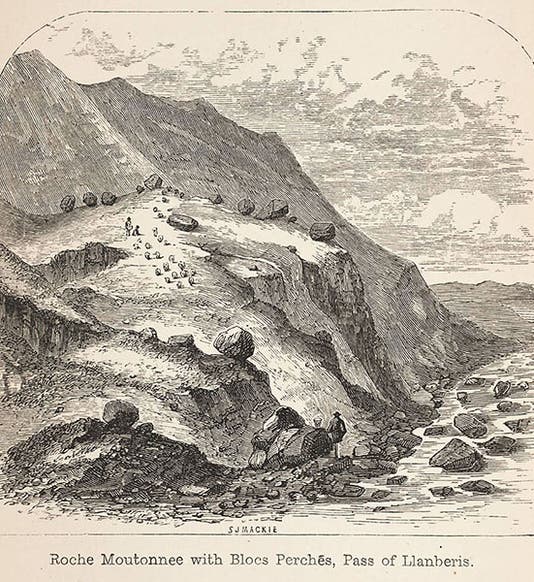

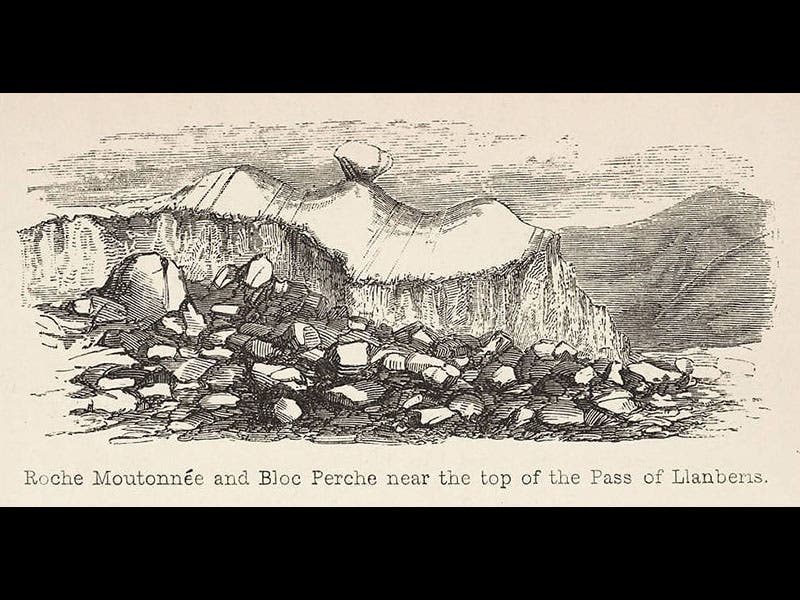
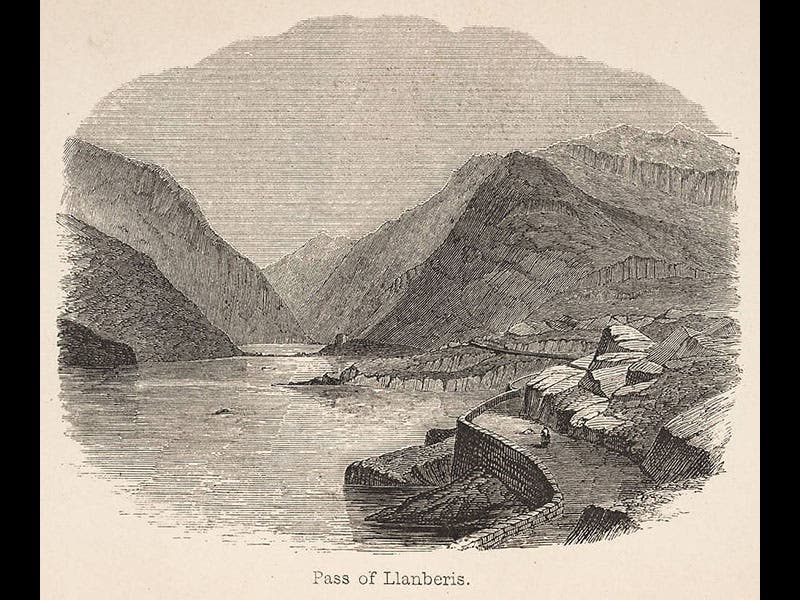
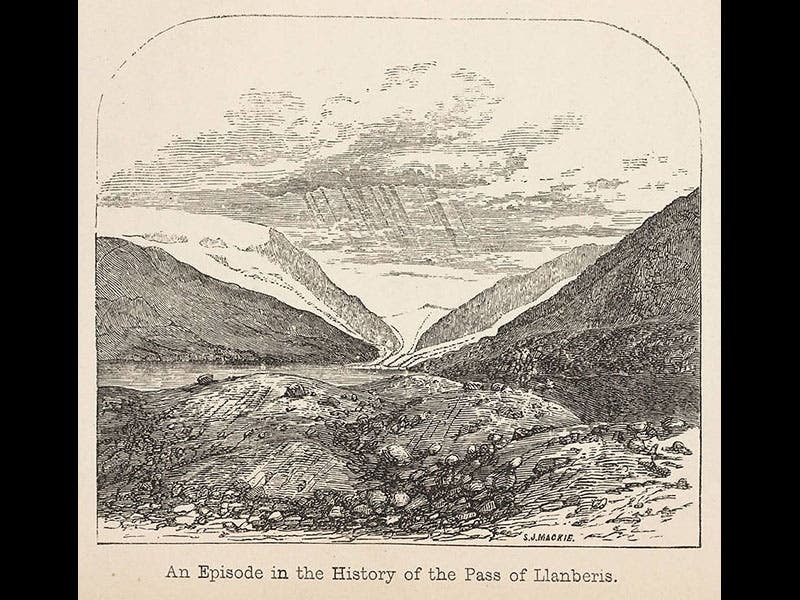
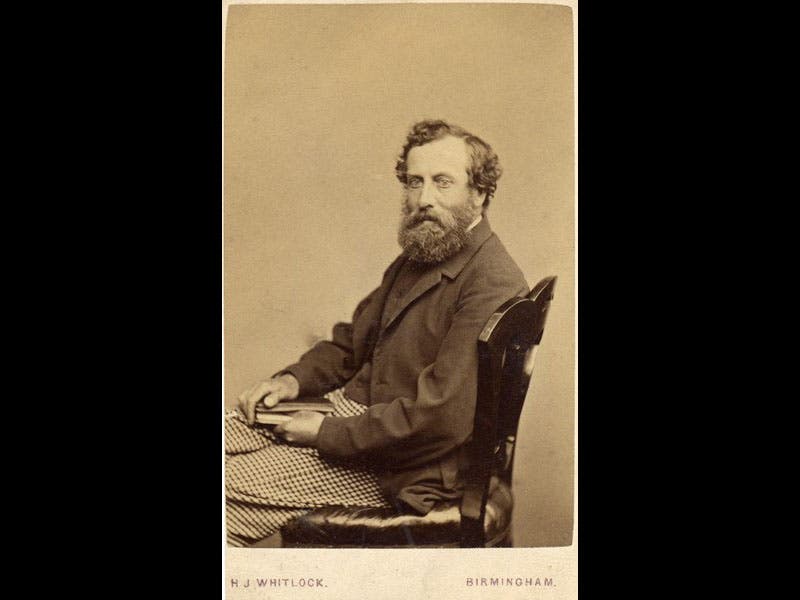



![Columbine, hand-colored woodcut, [Gart der Gesundheit], printed by Peter Schoeffer, Mainz, chap. 162, 1485 (Linda Hall Library)](https://assets-us-01.kc-usercontent.com:443/9dd25524-761a-000d-d79f-86a5086d4774/3829b99e-a030-4a36-8bdd-27295454c30c/gart1.jpg?w=210&h=210&auto=format&fit=crop)
